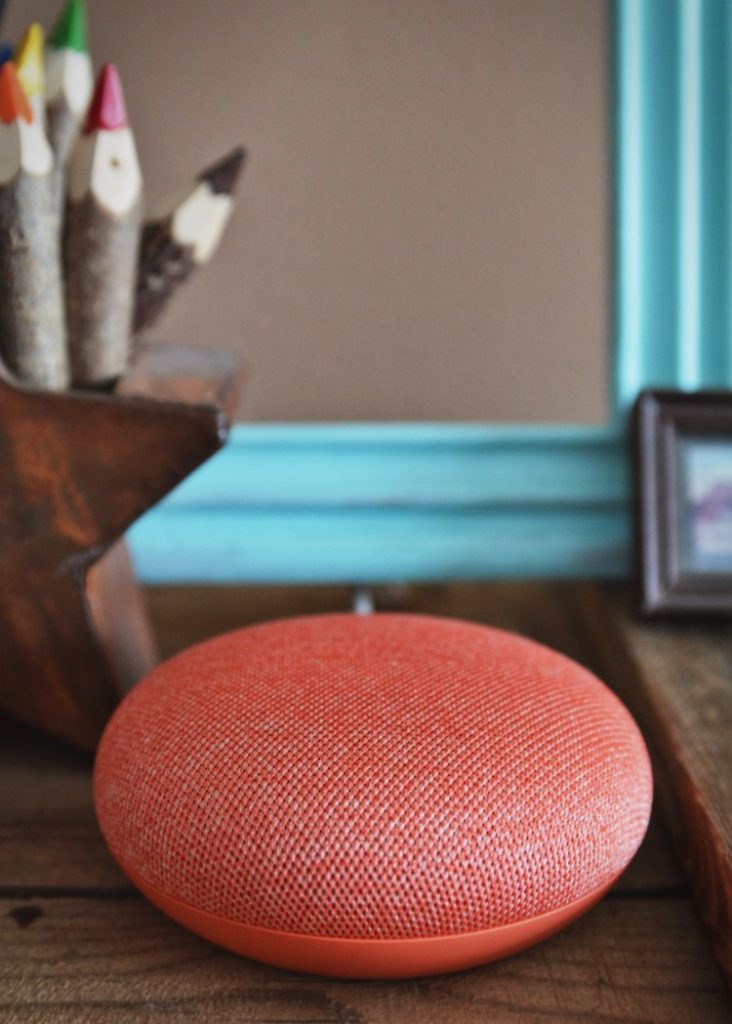
The modern “smart home,” or at least the application of it, has finally gone mainstream. With the help of voice assistants like Alexa and Google, people have finally realized the true convenience of a smart home.
Everything from light bulbs to AC thermostats and even irrigation controllers are being outfitted with smart, connected functionality. But the cornerstone of this technology — or key element, if you will — is that many of these devices require an active internet connection. This is solved by including wireless Wi-Fi or Bluetooth connectivity so the device(s) in question can sync up remotely.
But this also creates a rather unique and decidedly new problem. All of these devices packed into a relatively small space, communicating wirelessly via multiple frequencies, can cause severe interference. At the very least, it causes some slowdown meaning streaming videos will buffer more or downloads will take longer. At the worst, it will cause complete disruptions or brief blackouts, preventing wireless access across certain frequencies.
Making things even worse is the fact that most wireless devices — and their signals — are not all that strong to begin with. Something like a concrete wall or particularly thick wood divide can disrupt wireless connectivity alone. When you add frequency interference into the mix is just makes things that much worse.
So how do you deal with such a thing? How can you cut down on device interference, especially when there are so many devices spread throughout a home?
What Is Radio Frequency Interference?
First, you must understand what the interference is, what’s causing it and what that means in the grand scheme. You must know your enemy before you can respond and react, essentially.
RFI or radio frequency interference is an incredibly old term and has been around for a century. It stretches all the way back to the time of telegraph lines and small-scale radios. Today, of course, it holds much more meaning thanks to our prolific use of electronics and wireless technologies.
Due to the nature of electricity and energy, all electronic devices emit a small amount of radiation or more specifically electromagnetic noise. Therefore, you might hear buzzing when you move a live speaker near various devices, or why signals might cross, allowing you to hear cell phone conversations on the radio and similar occurrences.
While slight buzzing or noise changes might be a minor nuisance, RF interference can be much worse. Everything from a cell phone to a microwave can emit noise, disrupting nearby signals.
During design and manufacturing processes, electronics developers must mitigate the amount of noise generated by their device(s). Each device needs to go through radiated emissions testing, and it must remain below a certain threshold before the business can release the device to market. But even with regulations in place, it’s nearly impossible to eliminate noise altogether, there’s always some degree that exists.
This noise is exactly what causes wireless signal interference with modern devices, particularly in your average smart home.
How to Mitigate Interference Problems
For the most part, if a nearby system or device is generating a lot of noise there’s not much you can do to eliminate the interference aside from turning it off. If you’re near a strong radio or cell tower, for example, there’s no way you’re going to be able to do anything about it. It’s unfortunate, but it’s the truth, nonetheless.
There are, however, some things you can do to improve the situation within your home and for your most important devices, some more obvious than others.
- Move the Device Closer to the Network Gateway – It’s not always viable, but if you can you might consider moving your wireless device closer to the network gateway or router. This boosts the signal naturally and helps fend off interference.
- Use a Wired Connection – All routers include support for direct connection(s) via Ethernet. Again, it’s not going to be possible for everything, but you might even consider plugging your device directly into the router or gateway. This eliminates the need for a strong wireless signal altogether and will even result in much faster speeds and greater bandwidth.
- Change the Channel – Wi-Fi and ZigBee wireless gateways operate on the 2.4 and 5GHz frequencies. The 2.4GHz is incredibly common because so many other people use Wi-Fi and have similar devices in their homes. This makes the frequency crowded and can cause severe interference. To deal with this, change the channel of your wireless router. It essentially allows the entire system to operate on a separate frequency range thus mitigating the surrounding noise.
- Add a Repeater – A wireless repeater or network booster will allow you to expand the active boundaries of a wireless system, thus boosting the signal in the surrounding area. This won’t exactly eliminate noise, but it can help drown it out a little.
- Get a Mesh Router – A mesh router system is designed to boost the wireless signal for a small area using a central hub and several satellite or repeater devices. They are more expensive usually, but they also offer much better signal quality and improved experiences — especially if there’s a lot of RF interference nearby.
- Reduce Touchpoints – Often, smart home systems require multiple devices to work properly including hubs, controllers and more. It’s not always possible, but if you can reduce the number of touchpoints along a communication channel you can significantly boost remote and wireless experiences. Eliminating a hub altogether and connecting directly to a device is more ideal, for example. Again, it’s not always possible to achieve this, but it certainly helps to know about the option.
- Keep Distance Suitable – Electronic devices interfere with one another, it’s why you should never place a speaker right next to a strong device, for example. When placing your equipment be sure to keep this in mind. Try to maintain a good distance between systems and electronics and keep wireless devices a suitable distance away from each other. Placing a router right next to a computer, for instance, will likely interfere with the strength of the wireless signal it produces. Leave a little room between them instead.
Complete Elimination Is Impossible, So Minimizing Is the Key
Unfortunately, you’re not going to be able to eliminate noise completely unless you turn off absolutely everything nearby. Short of walking into the neighboring homes and surrounding businesses and disabling everything, well, you’re just going to have to deal. Luckily, there are some methods you can use to reduce or mitigate the interference and lessen its effect on your own network and experiences.
The tips above will certainly help you do that. Most importantly, remember that keeping a decent distance between your wireless devices and electronics is necessary. You should also consider boosting the wireless signal of your network either with the help of repeaters or by installing a mesh network system altogether. It should help you cut down on interference and eliminate most of the buffering and connection issues you may be having.
















